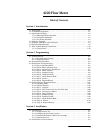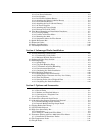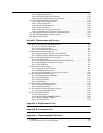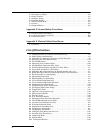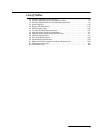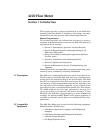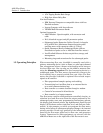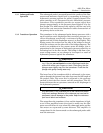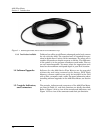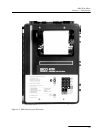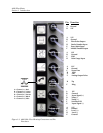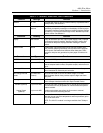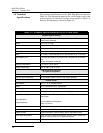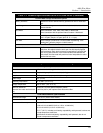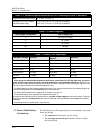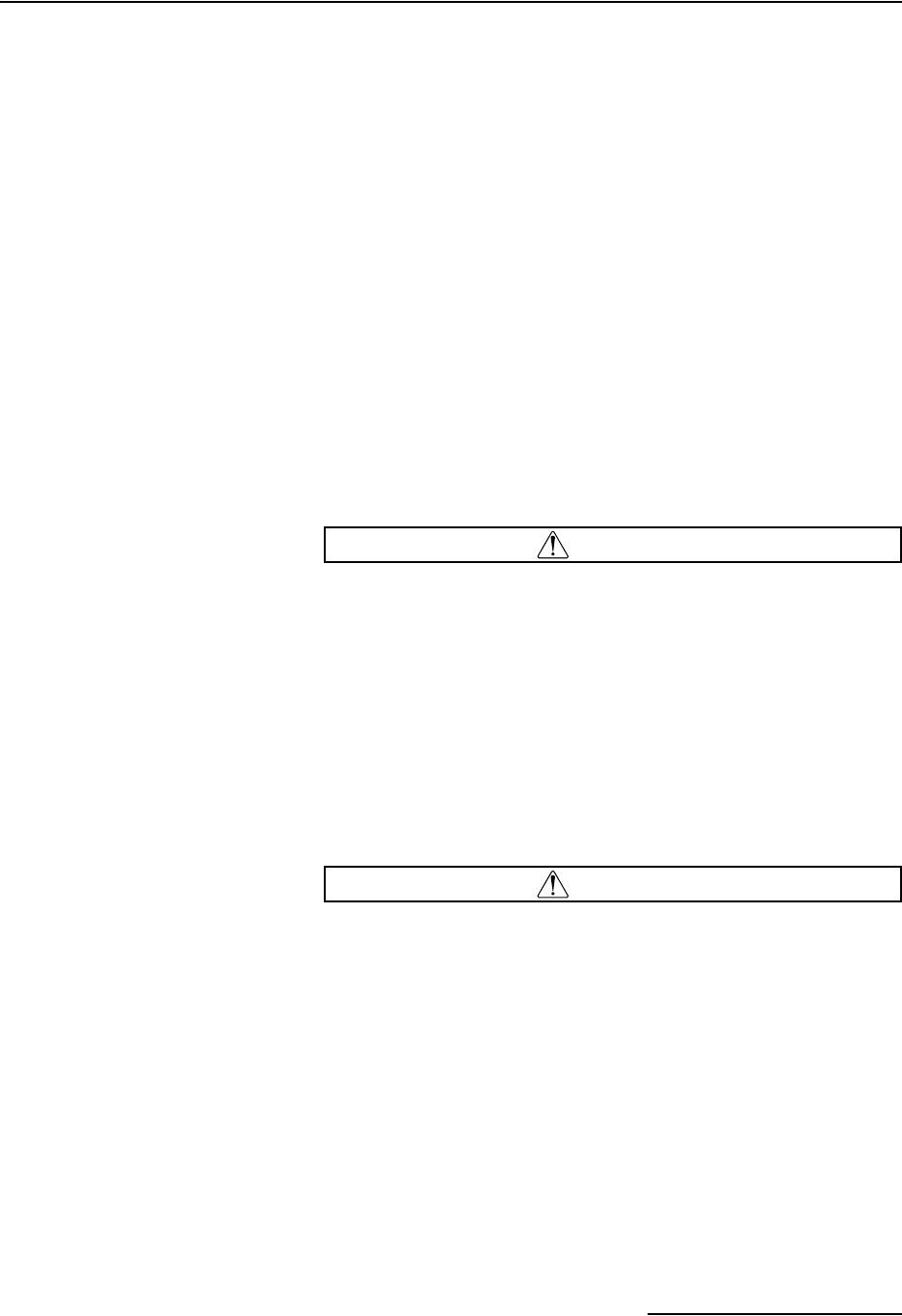
4220 Flow Meter
Section 1 Introduction
1-3
1.3.1 Submerged Probe
Operation
The submerged probe is mounted beneath the surface of the flow
stream and measures liquid level by responding to changes in
hydrostatic pressure against the probe's sensing element. The
probe contains an IC (integrated circuit) differential pressure
transducer. This transducer provides an output signal that
changes proportionally to the pressure placed against it by the
flow stream. The 4220 converts this signal to the flow rate with
level-to-flow rate conversion formulas or tables characteristic of
the primary device at the site.
1.3.2 Transducer Operation The transducer in the submerged probe detects pressure with a
small stainless steel diaphragm that transfers pressure to a
silicon diaphragm containing a resistance bridge. Pressure
against one side of this diaphragm causes it to flex slightly. This
flexing causes the resistors on one side of the bridge to stretch,
while the resistors on the other side of the bridge compress. The
result is an unbalance in the current across the bridge, that is
proportional to the increase of hydrostatic pressure caused by an
increasing level in the flow stream. This bridge is fed from a con-
stant-voltage source, so any change in its output is a result of
hydrostatic pressure against the transducer.
CAUTION
You may need to disassemble the submerged probe for clean-
ing. If you do, do not touch the metal diaphragm inside the
probe with either your fingers or tools. Deforming the dia-
phragm even slightly may ruin the transducer. Flush the dia-
phragm with gently running water only.
The inner face of the transducer disk is referenced to the atmo-
sphere through the internal vent tube that runs the full length of
the probe’s cable. The outer face is subjected to the pressure
exerted by both the flow stream and the atmosphere. The dif-
ference between the two pressures exerted on the diaphragm is
the hydrostatic pressure.
CAUTION
Any obstruction in the reference port of the cable could cause
faulty level readings. Moisture in the reference port can lead to
permanent internal damage to the probe. Keep the reference
port free of debris and moisture.
The output from the transducer is low and the impedance is high,
so an in-line amplifier boosts the signal to make sure the flow
meter can still detect it even when the submerged probe and the
flow meter are separated by some distance. The amplifier is
encapsulated in the box mounted on the submerged probe cable
near the connector.



